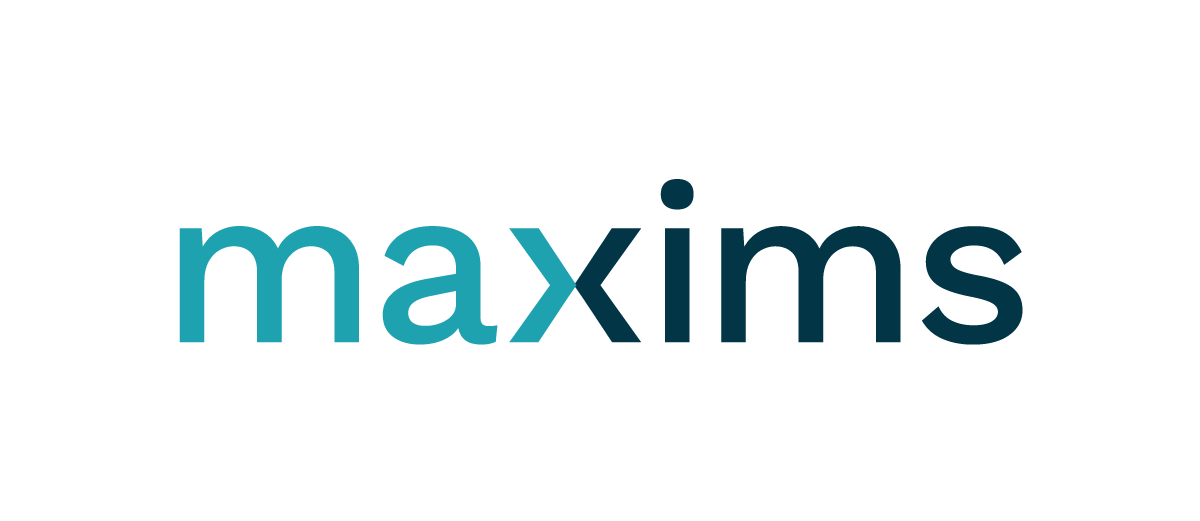NHS Waiting times - How can we help?
Background
Waiting times for elective and emergency care have always been an integral part of any discussion about how the NHS provides care nationally. Even outside of a pandemic, demand frequently outstrips capacity, meaning the challenges of delivering care have led to longer waits for patients across the board. This is especially true in secondary care where patients are waiting longer on waiting lists for treatment, have had procedures cancelled or referrals delayed or refused due to a lack of resource. The solution to this is complex and multifactorial and all stakeholders will need to come together to ensure these problems can be solved.
The Scale of the Problem
Sadly, more patients are waiting longer than ever for treatments and referrals across the board. Before COVID, elective care waiting lists had risen from 3.3 million to 4.4 million between February 2016 and February 2020, but this has now exceeded 6 million. The numbers for the traditional 18 and 52 week waits in the same period have risen by nearly tenfold and this applies to all types of care. At the start of this year, consultant appointments for the cancer two week wait targets were reaching 75% and cancer treatments within two months were at 62%.
The problem is not just confined to elective care. Although total A&E attendances across the initial stage of the pandemic dropped, the number of patients waiting for longer than 12 hours (from decision to admission) has surged again to around tenfold compared to two years ago. With total attendances being much the same as pre-pandemic, it’s clear that this isn’t just a COVID-related phenomenon, but more of an extension of existing demand and capacity issues.
The Solutions so Far
Issues with patient backlogs have, of course, not gone unnoticed, and some steps have been earmarked to try and turn this situation around. In a recent government paper in September 2021, the elective backlog was specifically called out. Solutions to help this included:
An £8 billion spend over 3 years to provide more checks, scans and procedures, aiming to deliver 30% more elective activity than the start of 2020
A £250 million Elective Recovery Technology Fund for secondary care
Building in flexibility, innovation and maximising efficiency of resources
A £50 million research, innovation and collaboration fund
A subsequent paper by the NHS in February this year was specifically targeted on how to manage the current elective backlog. This paper outlined four main areas to help which contained:
Increasing Capacity (with a specific reference to using digital technology and data to free up capacity
Prioritising Treatment (with a specific reference to clinical prioritisation of waiting lists and ensuring the most appropriate care is given at the right time)
Transforming Elective Care (with a specific reference to improving patient pathways and access to specialist advice)
Better Information and Support for Patients (with a specific reference to supporting patients prior to surgery and personalising patient care)
The stated aims above are, at a high-level, sensible but the proof will be in the delivery of them and how all bodies, institutions and stakeholders deploy any transformation plans drawn up. There is no magic bullet for improving waiting lists but targeted, well-thought-out processes with a focus on a system-wide approach will most likely succeed.
How MAXIMS can help
It would be improper to state that any single system or change has the sole ability to transform waiting lists and remove the existing backlog, as there are too many moving parts and complex processes that have led to this current scenario. However, the upcoming capability of MAXIMS can help providers in a number of areas going forward with their demand and capacity management.
IMS MAXIMS has developed a range of functionalities embedded within the MAXIMS EPR to assist healthcare organisations with their clinical prioritisation programmes. The NHS has developed the Clinical Prioritisation programme to assess clinical risk and prioritise patients on surgical and diagnostic waiting lists, to categorise patients by clinical urgency, to ascertain if patients still want their procedure and to ensure good communication. This additional MAXIMS capability has been developed specifically in tandem with organisations delivering NHS care to ensure a user-led suite of functions that can manage clinical prioritisation in the real world. These additions allow healthcare providers to do the following:
For surgical or diagnostic cases, clinicians can quickly record the clinical prioritisation codes at a touch. From there, MAXIMS can automatically calculate the intended target date for the intervention which reduces the administrative burden of checking follow-ups.
As the clinical prioritisation history is recorded in the patient encounter, end-users can quickly see at a glance the current status of the patient in question and update, if required, the prioritisation record if the patient’s requirements change.
At the administrative level, users will be able to sort and filter the existing clinical prioritisation codes (so they can be viewed in order of importance) or see entries with specific codes which allows for quick and easy bookings of specific patient cohorts.
Admin users will also be able to plan clinical prioritisation activities in advance as they can review patient cohorts based on the future breach dates automatically generated by the system. This allows streamlining of the future demand and ensures a smooth managing and booking process.
Finally, a comprehensive reporting capability allows administrators to produce bespoke prioritisation reports or hybrid reports covering prioritisation and other metrics such as RTT deadlines and DM01 targets.
The combination of this new functionality within the existing MAXIMS EPR ensures that both clinical and administrative end-users can understand, plan and manage demand and capacity around clinical prioritisation much more efficiently and easily. Given the unprecedented current strain on NHS services, this capability can help organisations take control of demand and capacity management and help provide a streamlined, effective service to the patients that need it most.
